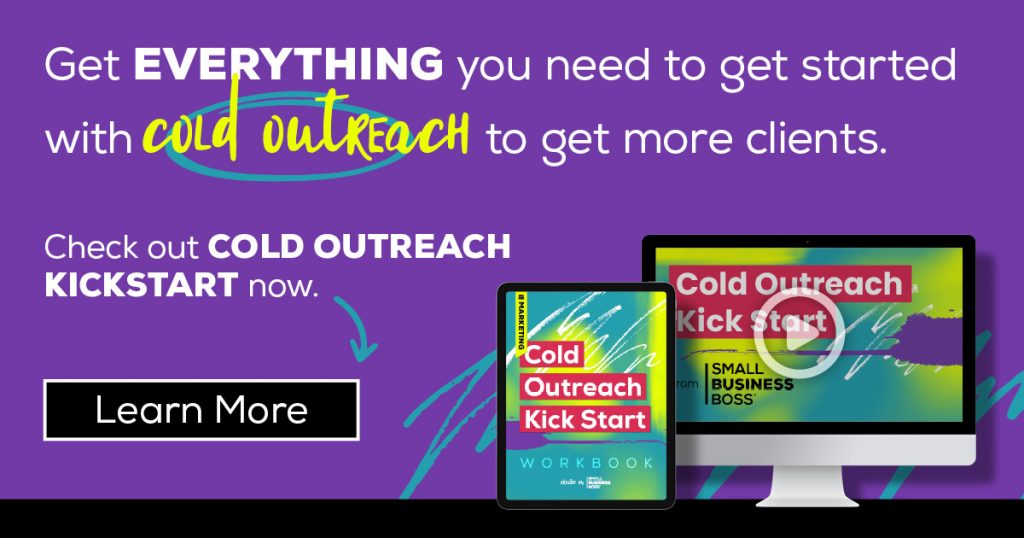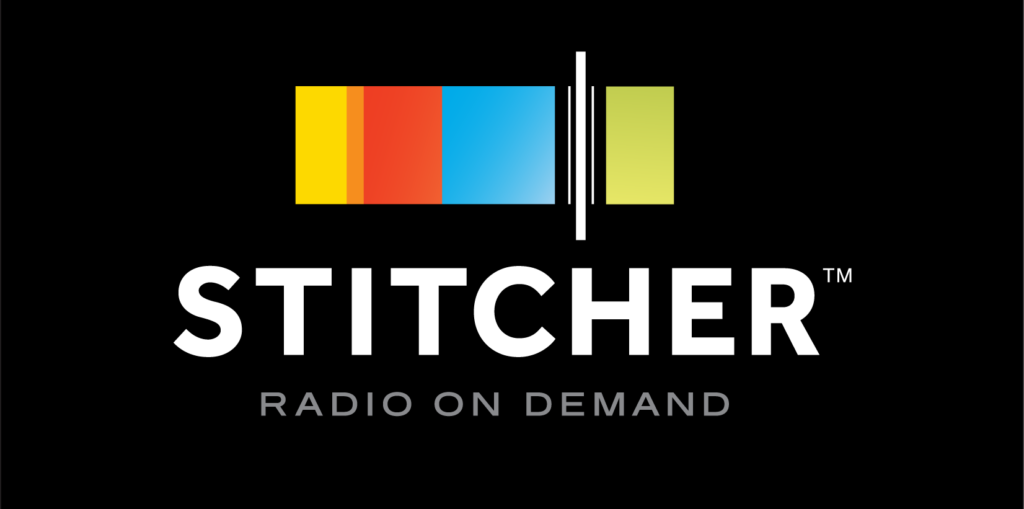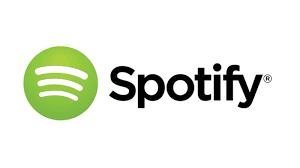
How to Use Cold Outreach to Get More Clients
When it comes to finding clients, you might be willing to do a lot of things that push you outside of your comfort zone. But for many service business owners, there’s at least one business growth tactic that seems much scarier than others. For me, that was cold outreach — until I tried it.
Until a few years ago, I was skeptical about cold outreach. I wondered if it would be an effective way to find clients for my content marketing agency, Scoop Studios.
While I knew other agency owners, consultants, and creatives that used cold email successfully, I struggled with a fear that I’d come off as desperate, pushy, or worse yet, downright tacky.
The truth is, cold outreach using email or LinkedIn is a time-honored tactic that’s been driving business growth for decades. (LinkedIn launched in 2003, so I’m not exaggerating the timeline here!) But I’d convinced myself that I was about to get a lot of digital doors slammed in my face and was having flashbacks to one of my first jobs that involved cold calling.
I ended up being pleasantly surprised and cold outreach to find B2B clients isn’t nearly as scary as I thought. Most responses from potential customers are actually quite friendly or at least a professional ‘thanks but no thanks.’
I know now that it’s all about the approach and coming from a place of being helpful, not pushy.
If, like me. you’re a little afraid of reaching out, I encourage you to get over what you think you know about cold outreach and consider it as a viable option for your business.
Adding cold outreach to our lead generation strategy in 2019 played a major part in increasing revenue by 40% over the previous year. Since then, I’ve kept this tactic in the mix and continue to use cold outreach to generate new leads successfully as needed.
In this blog post, we’ll dive into how using cold outreach for lead generation could help you find clients, how to do cold email outreach effectively and what you’ll need to keep in mind.
Cold Outreach to Generate Leads: Is It the Right Fit?
If you play in the B2B market and work with small and midsize businesses (SMBs) or corporations, cold outreach is an effective way to tap into new markets and reach potential clients.
Whether you’ve been in business for a while or you’re starting a business that builds on your existing professional experience, chances are you already have a strong network. But no matter how strong your network is, you probably don’t know someone at every company you’d like to work with; so think of cold email outreach as a way to fill in the gaps.
If your clients are SMBs or corporations, the people in those organizations that are looking to hire consultants, freelancers or agencies are probably not hanging out on Instagram—at least not to search for business solutions.
They’re also likely not going to take the time to watch your webinar, join your challenge, download your free resource or engage in many of the popular sales tactics recommended for service businesses that are targeting individuals or entrepreneurs in what I call the B2E market.
Of course, there will be exceptions, but SMB and corporate clients are much more likely to respond to direct cold outreach.
The thing is, cold outreach allows you to connect and get straight to the point—that you’re two professionals that may have a reason to form a mutually beneficial business relationship. It offers the opportunity to get on someone’s radar and start a conversation that could lead to more.
People are on LinkedIn to grow their network, build relationships and enhance their career or business. When you make a real connection with someone through cold outreach, you’re in a position to potentially help them do all three.
Remember, you’re not just in the business of selling, you’re in the business of providing solutions. When you do cold outreach well—by doing your research and targeting the right companies and roles—the solution you provide could turn out to be exactly what that person needs.
But what does it mean to do cold outreach well?
How To Get Started
Before you get started with cold outreach, there are a few important things you need to know:
1. It requires research, so you’ll need to invest time to do it right.
2. You’ll need a process for your cold outreach campaigns including outreach emails including subject lines that your target prospects will actually open. (These are not hardcore sales emails, so your approach matters.)
3. It’s a numbers game, and therefore requires tenacity.
4. It’s all about creating lasting relationships, and so you’ll need a real desire to connect and be helpful.
Cold outreach is not a quick-fix tactic to land clients quickly. Yes, you may get results fast in some cases, but don’t go into it expecting to get booked out with new clients this week.

Do Your Research
You’ll need to do lots of research on your target market and target companies to nail your pitch. You’re dealing with busy people who don’t have time to be bothered by a service provider who hasn’t done any research advance of reaching out.
Plus, you don’t have time to reach out to people at companies that clearly aren’t a good fit. So spend some time figuring out exactly who should be in your target audience for your cold email outreach or via LinkedIn.
To do cold outreach via email, you’ll need to track down the contact’s email address and craft a message that shows you’ve done your homework. Alternatively, you can use LinkedIn to do your research and consider upgrading to the paid version of LinkedIn Sales Navigator to do more granular research and more exact targeting.
In your initial contact, you’ll need enough information that you can effectively connect in a genuine, purely helpful, no-pressure way. Remember, you’re reaching out to a real person, so personalization and warmth will go a long way to establishing a connection.
You don’t want them to feel like this is yet another of the mass emails they get on a daily basis, or they’re quickly going to delete it.
Plus, you’ll want to have a plan for your follow-up email with your cold targets so it’s helpful, not pushy.
Do Your Prep Work
Before you reach out to anyone, it’s important to set yourself up for success. You should be clear on your offer, nail your positioning, and have a process in place for consult calls and proposals.
Always assume the prospective client is going to check you out and so you need to be a few steps ahead of them by doing what it takes to elevate your professional brand.
Your LinkedIn profile should be ready to make an impression so ensure it’s fully aligned with what you do and the offer you are making.
As part of your process, create an email template you can easily customize and use to help save time.
Stick With It
Remember, while most people are courteous and open to connecting, not everyone is going to respond favorably or at all. Don’t dwell on negative reactions or give up too easily.
You won’t find success with cold outreach if you’re not up for the challenge, but it doesn’t have to be grueling.
As with anything else in your business, create systems and processes around doing cold outreach as a tactic, track your activity and progress. Most of all you’ll need to commit to making it a regular practice.
When I first started doing outreach, I focused on tracking my response rate so I could get a handle on how much outreach was needed in order to sign new clients.
Want to Get More Clients? Try Cold Outreach Campaigns.
The bottom line is that cold email campaigns (or using LinkedIn) works. But to get results you need to set yourself up for success. You can use it to grow your network, raise your profile, build brand awareness, generate quality leads and perhaps most importantly, get more clients.
There is never any shortage of potential clients out there for your services business. Cold outreach could be the tactic that moves the needle and fills in the gaps in your client roster.
Check out Cold Outreach Kickstart now, which includes cold email templates, how to find contact info and everything you need to increase your chances of success.



